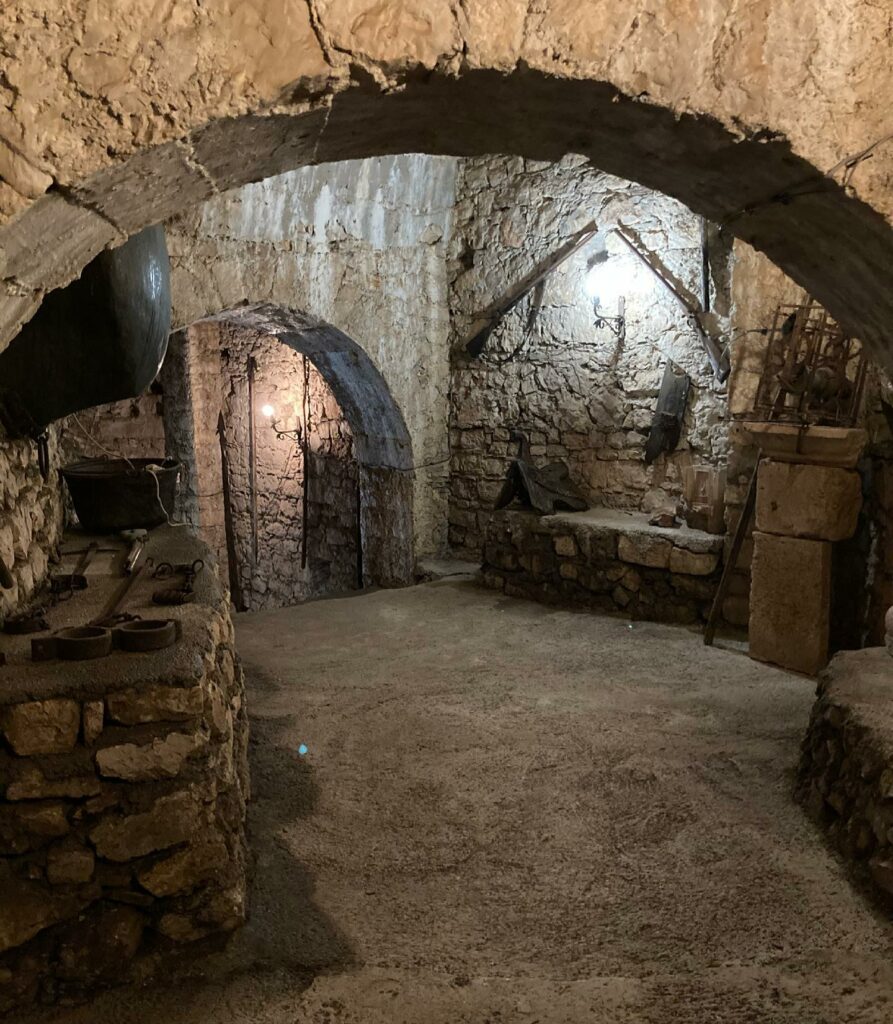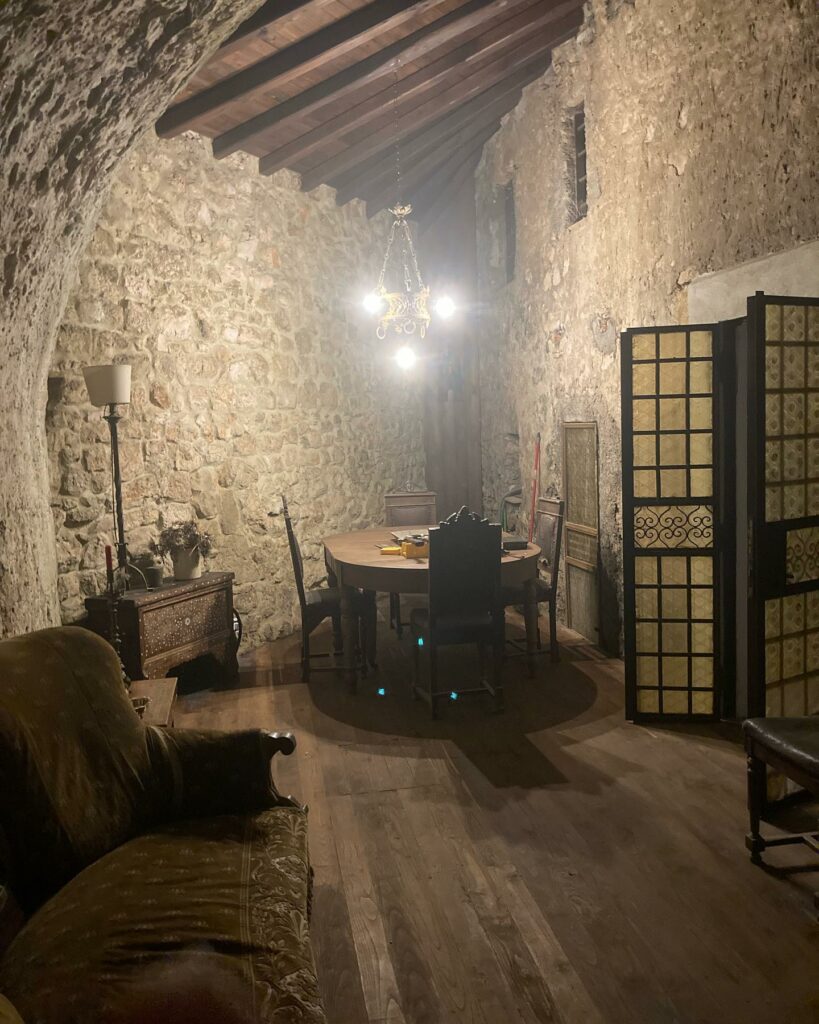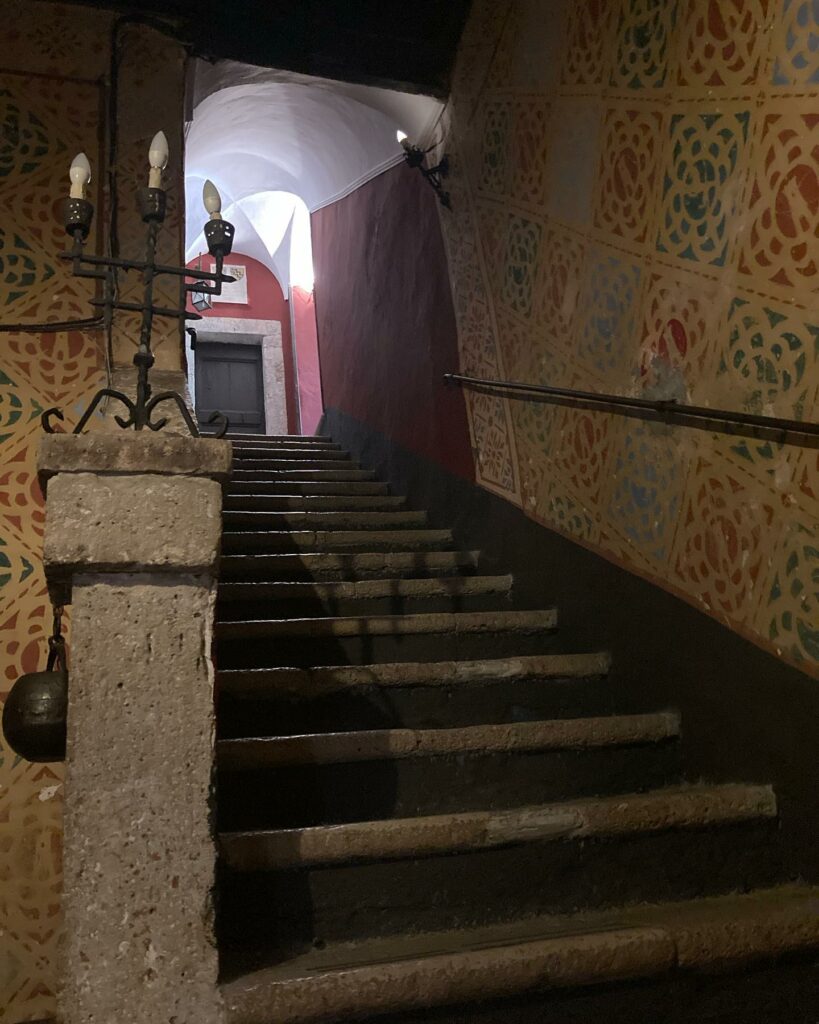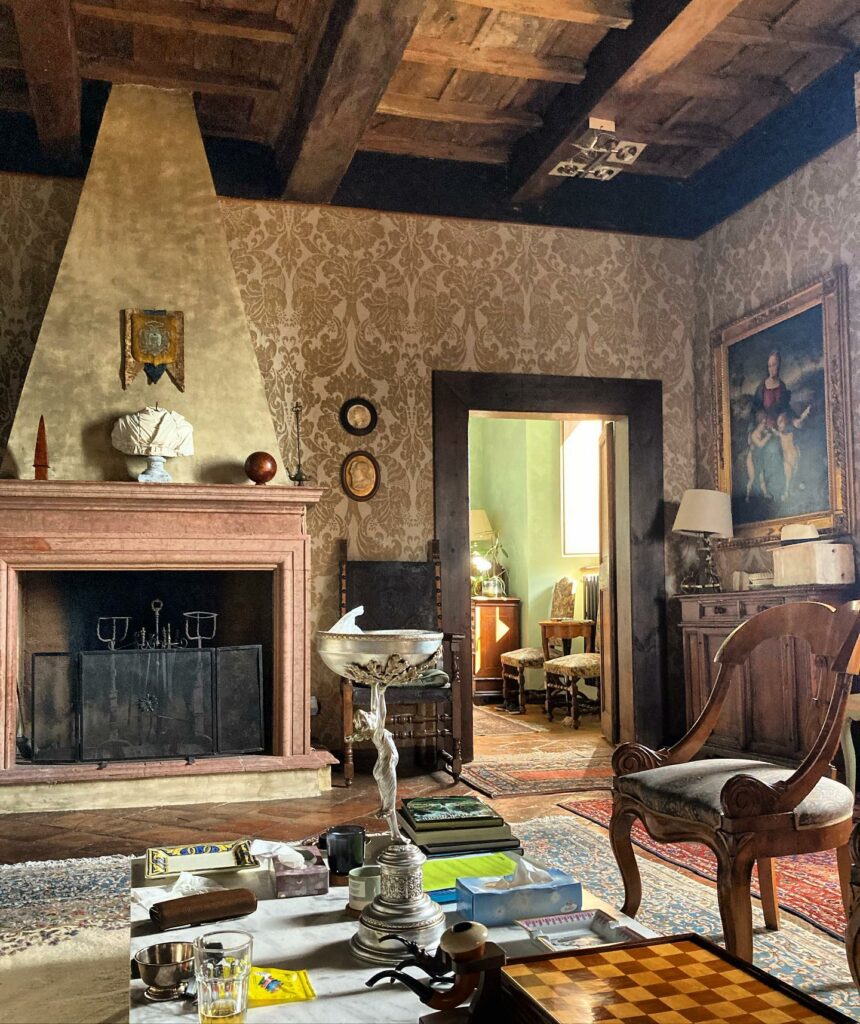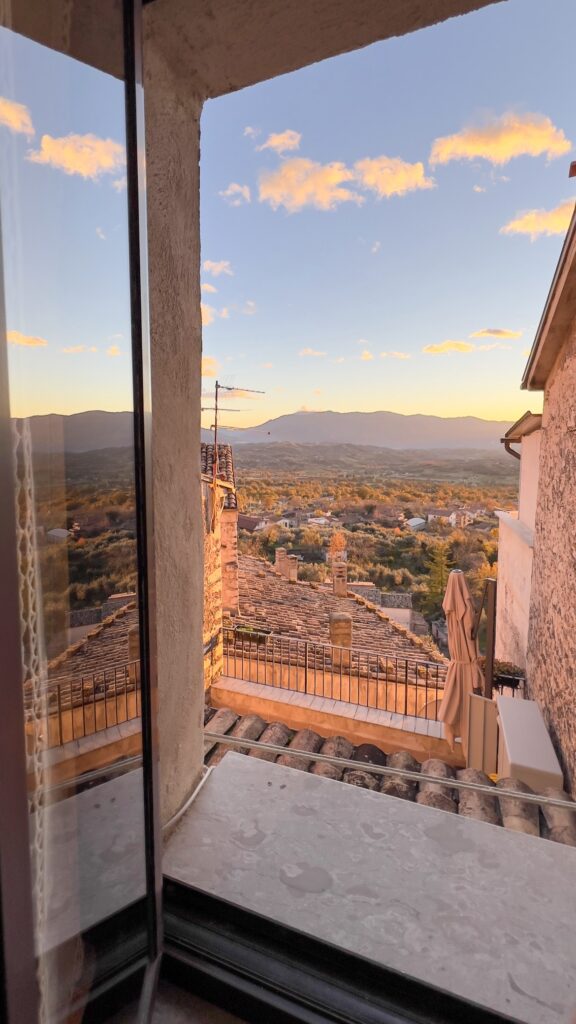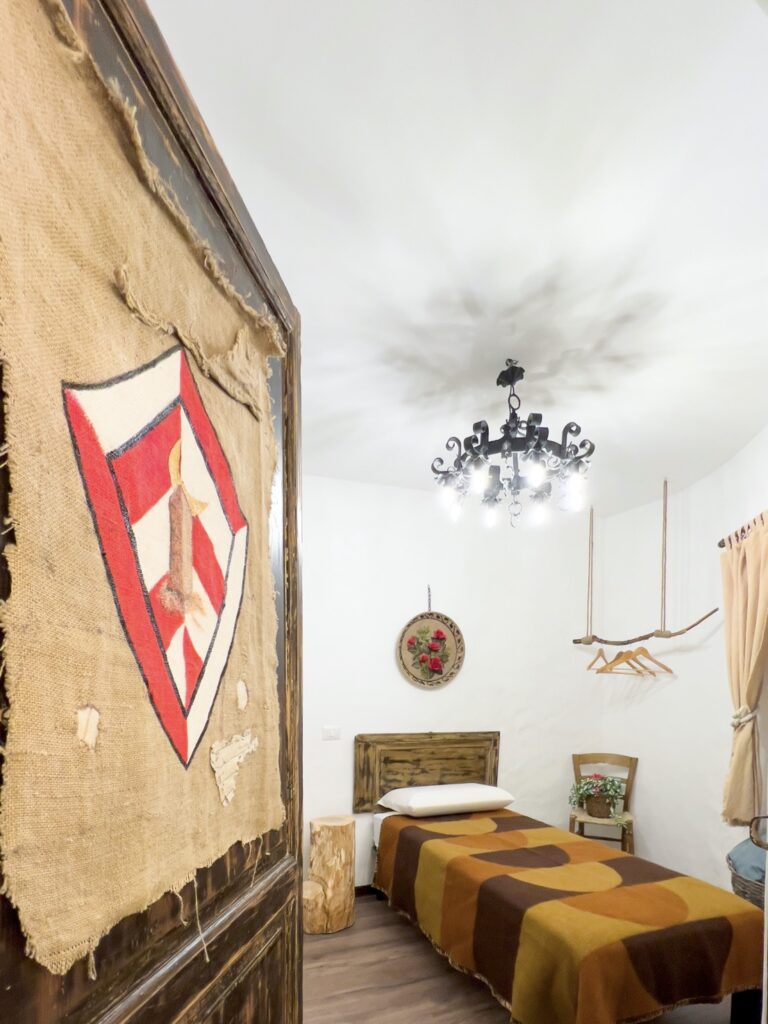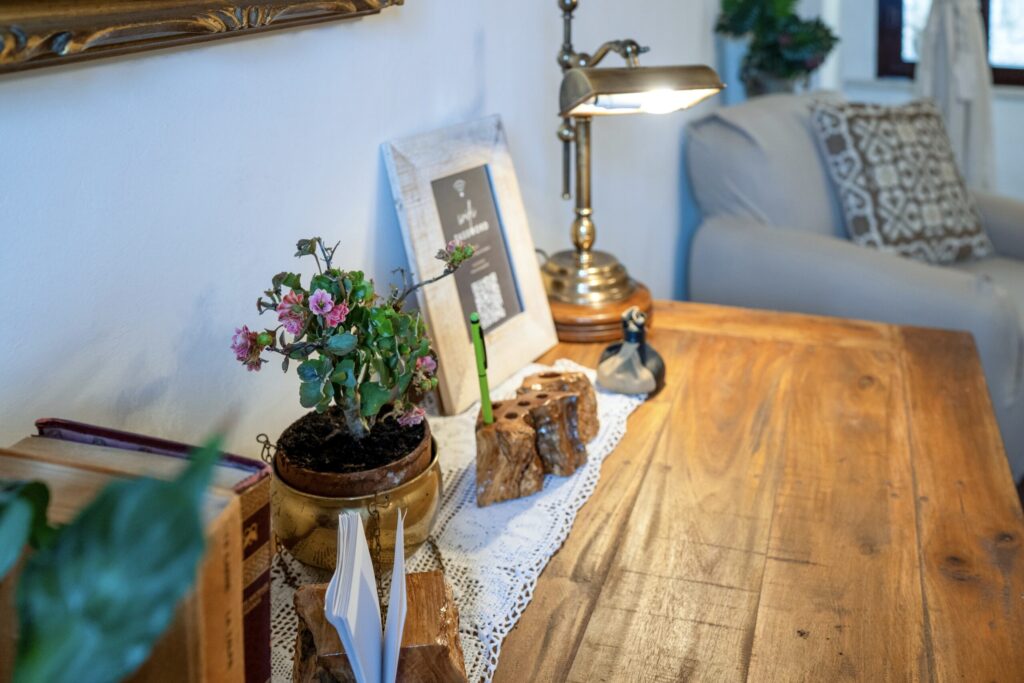
Close

The Castle of Fumone is a historical jewel located on an 800-metre rise, offering a privileged view of the Sacco valley and the majestic Via Latina, the ancient road that connected Rome and Naples.
ADDRESS
Via Umberto 1°, 27, Fumone (FR)
ACCESSIBILITY
By car
DISTANCE
61 km
The name itself, Fumone, evokes its roots in the millenary practice of communicating by means of smoke signals, used to announce impending enemy invasions from the south and headed for Rome.
Its origins date back to the Ernici, an ancient population of Ciociaria, and the castle played a crucial role in the Sannio wars and during Hannibal’s invasion. But it was during the civil wars between Marius and Sulla, and later between Caesar and Pompey, that its strategic importance reached its peak. The Castle of Fumone was a crucial observation point for generals, enabling them to communicate with the legions from considerable distances.
During the Roman Empire, Fumone served as a peaceful lookout, sending out smoke signals of collective interest. However, with the onset of the barbarian invasions in 455, the castle returned to its role as a warning of future devastation, maintaining its importance through the centuries.
In the 10th century, the castle was donated to the Holy See by Otto I of Saxony, proving its fame and solidity. Impregnable, the Rocca di Fumone was used by the popes for over 500 years as an outpost to the south and a prison for political prisoners.
During the Middle Ages, the castle became part of the Church, and its management was entrusted to powerful Roman families. The figure of the emphyteuta, or ‘keeper,’ was often an influential Roman politician, who was in charge of defending the fortress and managing its functions, including signalling smoke and guarding political prisoners.
In 1295, Fumone Castle became infamous for imprisoning Pope Celestine V, who died there after ten months of imprisonment. His case marked a turning point in the history of the castle, which also became a spiritually important place. In 1584, Pope Sixtus V decided to preserve the castle as a historical memory, entrusting it to the aristocratic family of the Marquis Longhi.
The Longhi family transformed the castle into a country residence and, in 1990, Marquises Fabio and Stefano opened it to the public, keeping the family’s Celestine tradition alive. Today, exploring the Castle of Fumone means immersing oneself in centuries of history, amidst ancient walls, hanging gardens and a chapel that preserves the traditions of one of the families most closely linked to the history of this fascinating place.
